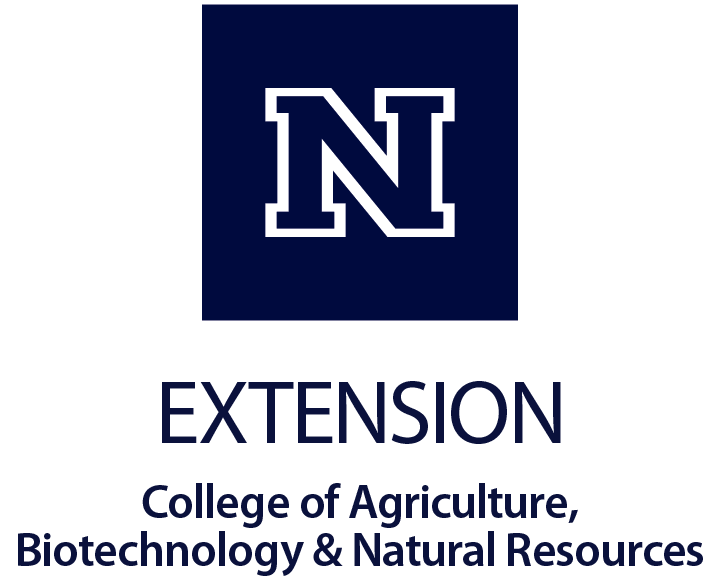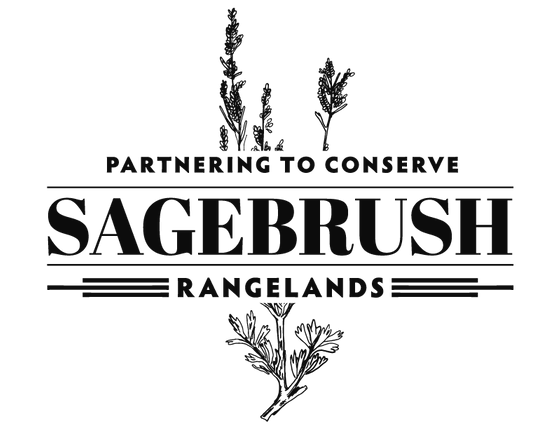About
Why this website?
This website provides a science-based resource to help people better understand the science and management around woodland encroachment in sagebrush ecosystems. Sagebrush ecosystems across the West are struggling to thrive amidst numerous threats, and these ecosystems are critical for biodiversity, wildlife habitat, rural livelihoods, economies, and traditional uses. Alongside invasive annual grasses and land use conversion, tree expansion or encroachment into historic shrublands is among the primary threats to the sagebrush biome (Doherty et al. 2022).
Tree encroachment into formerly treeless landscapes is not an issue that is limited to one place or ecosystem. This project was inspired partly by the Eastern Red Cedar Literacy Project, which outlines a similar issue that is occurring in native grasslands of the Great Plains region in the US. Around the world, we are seeing trees moving into savannas, meadows, prairies, grasslands, and rangelands. Trees are also infilling existing forests and woodlands, increasing competition for resources like water, light, and nutrients. While trees are a valued natural resource in the places where they belong, they can cause significant changes to places where they do not.
This website is not intended to serve as a ‘how-to’ resource for managing woodland encroachment but rather provide an authoritative source of information on the ecology and impacts of the problem in an accessible, semi-technical format. All of the content on this website was extensively peer-reviewed and is intended for public and professional audiences.
Who are we?
This PJ Encroachment Education Project is an interagency effort that is led by University of Nevada, Reno Extension. This project is supported by the USDA Natural Resources Conservation Service’s Working Lands for Wildlife partnership, the Bureau of Land Management and the Intermountain West Joint Venture’s Partnering to Conserve Sagebrush Rangelands partnership.
Support for this project provided by:


